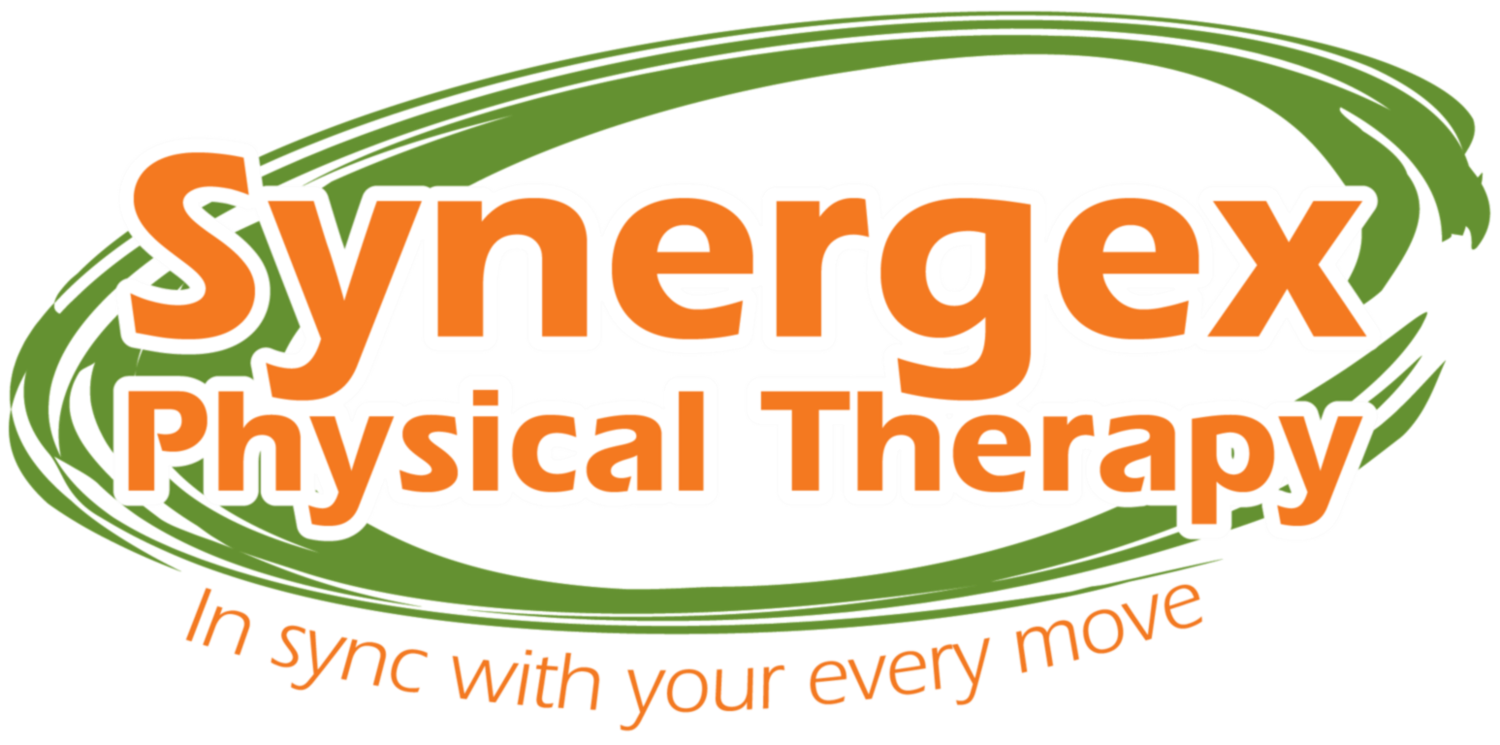From the moment we wake up in the morning, to the time we fall asleep at night, our bodies exert great amounts of physical and mental energy. With having to expend so much energy in large tasks of our everyday lives, we may overlook smaller seemingly less significant behaviors we participate in throughout the day. However, the simple behavior of maintaining good body alignment is essential to preventing pain, discomfort, or functional limitations. It is not until we start experiencing stiffness, achiness and restricted motion, that we might regret not having made some small and simple changes in our everyday lives, to avoid this issue in the first place.
Two main positions we find ourselves, during the day include sitting and standing. Both in the seated and standing positions, we should be aware of how we position our body. Poor posture can lead to headache, neck and back pain, radiating hip and calf pain, shoulder pain, tingling numbness in arm and hands etc. due to altered alignment of muscles, ligaments, joints and spinal discs. It can also affect breathing, circulation and digestion.If there is a continuous disregard for proper posture, the spinal column can become curved from its original upright structure, at times leading to an actual deformity. This pain and discomfort then starts interfering with our ability to concentrate at work. It can start limiting our participation in recreational activities. It can come in the way of performing everyday household and childcare activities. A situation that was avoidable to start with, can spiral into reliance on pain medications such as opioids, and muscle relaxants. Eventually there will arise a need for invasive and painful surgical procedures.
Fortunately, it might not be too late to start taking measures to correct some habits. There are many great tips Physical Therapists recommend, to help us understand how to assume and maintain good posture. If we sit long hours at work, typing on a keyboard at a desk, we are more than likely to slouch with our head sticking forward. A PT will educate you on proper use of your chair, desk and optimally organizing your work station. A lumbar roll behind the back just above your belt-line will help to maintain a neutral spine posture. It also works as a physical reminder to sit upright. One can always set up periodic beeps and dings on the computer to help straighten up. Stand up and stretch backward at least once every hour. The monitor should be set 18-30 inches away so one can look at the screen with head held along the plane of your shoulders. Adjusting the center of your monitor to be eye-level will aid in maintaining this position. While driving, sitting back in the seat with your head resting on the head rest by adjusting the inclination of the back rest can be tremendously helpful to decrease strain on your neck. Using both hands on the steering wheel with arms resting by your side will keep your shoulders relaxed. Similary, hold cell phones at chest level so that your are able to read the content on the screen by using your upper rather than lower neck joints. When standing, starting from your knees to your neck, a PT can show you simple ways to help maintain your body in a strain free position. Remembering to walk with the shoulders rolled back, chest slightly lifted up, chin held closer to the neck and generally “crown up and walk tall” will make a huge difference in your pain pattern just over a week.
Let’s start taking these small and simple steps today starting for a few seconds at a time to minutes to hours till these habits become a way of our pain-free life.

